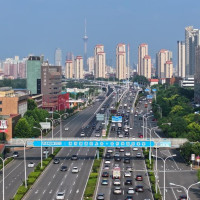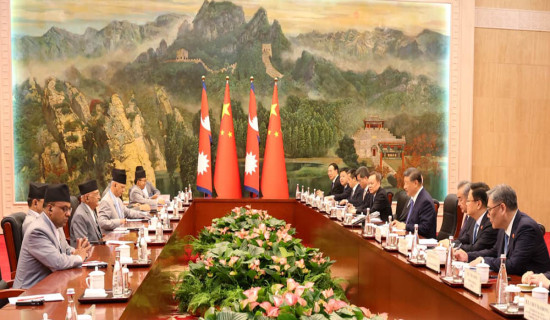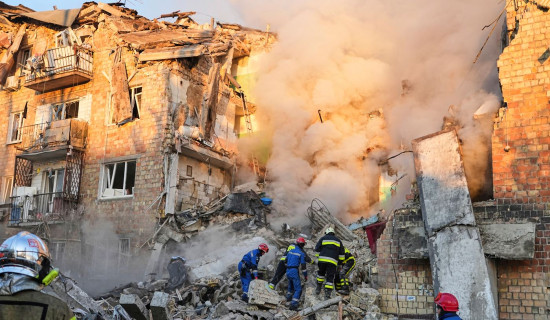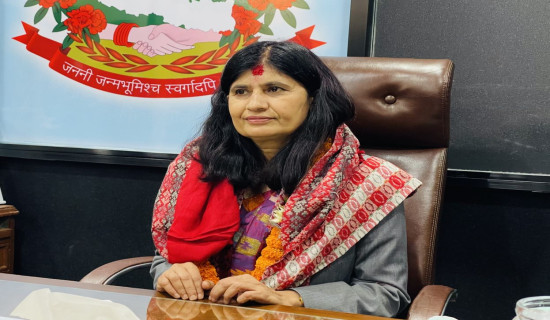- Sunday, 31 August 2025
Madhes declared drought-affected zone
By Bijay Kumar Sah,Dhalkebar, July 12: After paddy transplantation was severely disrupted in lack of rainfall, the Madhes Province government has officially declared the entire region a drought-affected zone.
A cabinet meeting of the provincial government reached the decision following an assessment of the environmental imbalance and prolonged dry conditions, which have jeopardised agricultural productivity.
According to the findings, not only has paddy plantation been delayed, but cracks have begun to appear in paddy fields where rice seedlings had already been planted, signaling an impending agrarian crisis.
Recognising the urgent need for relief, the cabinet meeting has decided to request immediate assistance from the federal government. It has also issued an appeal to national and international donor agencies active in the agricultural sector to support drought-stricken farmers across the province.
In addition, the meeting has committed to mobilising all available resources to address the emerging drinking water crisis, particularly in areas such as Birgunj in Parsa district, which have been severely affected by extreme heat and water scarcity. Plans include coordination with the Federal Ministry of Water Supply and emergency distribution through tankers and other alternative means.
Paddy plantation reaches 25%
The Madhes Province Directorate of Agriculture reports that so far only 25 per cent of paddy plantation has been completed in the arable land due to the ongoing drought. Despite forecasts from the Department of Hydrology and Meteorology predicting above-average rainfall this year, the monsoon has yet to reach the province even as the traditional planting season nears its end.
Approximately 75 per cent of paddy fields remain barren. Even in the areas where bore well irrigation has enabled plantation, the lack of moisture has caused large cracks in the soil, and paddy seedbeds are beginning to wither.
Sudip Chaudhary, Crop Protection Officer at the Directorate, confirmed that only in 25 per cent of the total 372,645 hectares of paddy farmland have been planted so far. According to him, transplantation should have covered at least 50 per cent of the land by now.
















